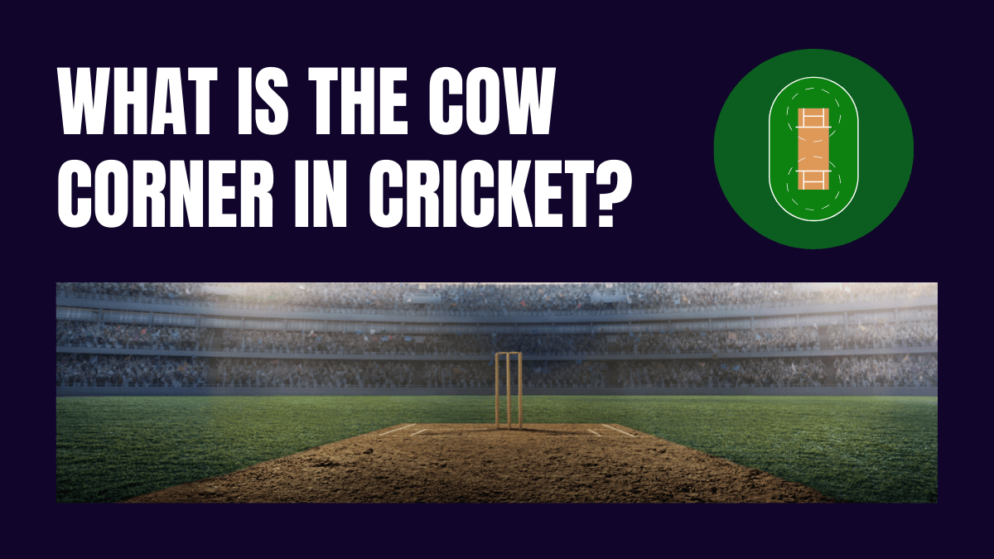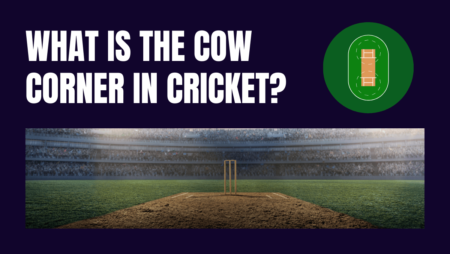

Even in the 17th century London’s Dulwich college featured a pavilion on the periphery of an unevenly shaped ground. This ground was where cricket and rugby thrived heavily and was a spectacle for the people. The ground was unique as it was neither an oval nor a circle. It didn’t have definite margins and took a shape based on surrounding buildings and natural objects.
Batters back then were not engaged in hard-hitting shots and aggressive style of play was rare. The focus was more on technique, soft skills, and to experience the whiff of joy as the batters sniffed for runs by running between the wickets. While batters struggled to hit in each area of the ground, there was a specific region on the ground of Dulwich college wherein neither the batters played a shot, nor was a fielder place.
The region of intrigue is one that is between the deep wicket and long on. While an on-drive is a routine classic technique where the ball is driven in this area of the ground to score runs, the Dulwich ground barely saw batters use this portion of the field. The reason for this was the cattle that grazed in this region of the field which did not see any fielder be placed. This story is the nidus for the area between deep-wicket and long on in cricket be called as the ‘cow corner’.
A story related to the cow corner is that most batters who scored runs in this region were often involved in agriculture. Since it required the bat to be swung in a manner of using a sickle, shots hit in the cow corner were called agricultural shots. Some historians of the sport call refer to these hits as cow shots.








